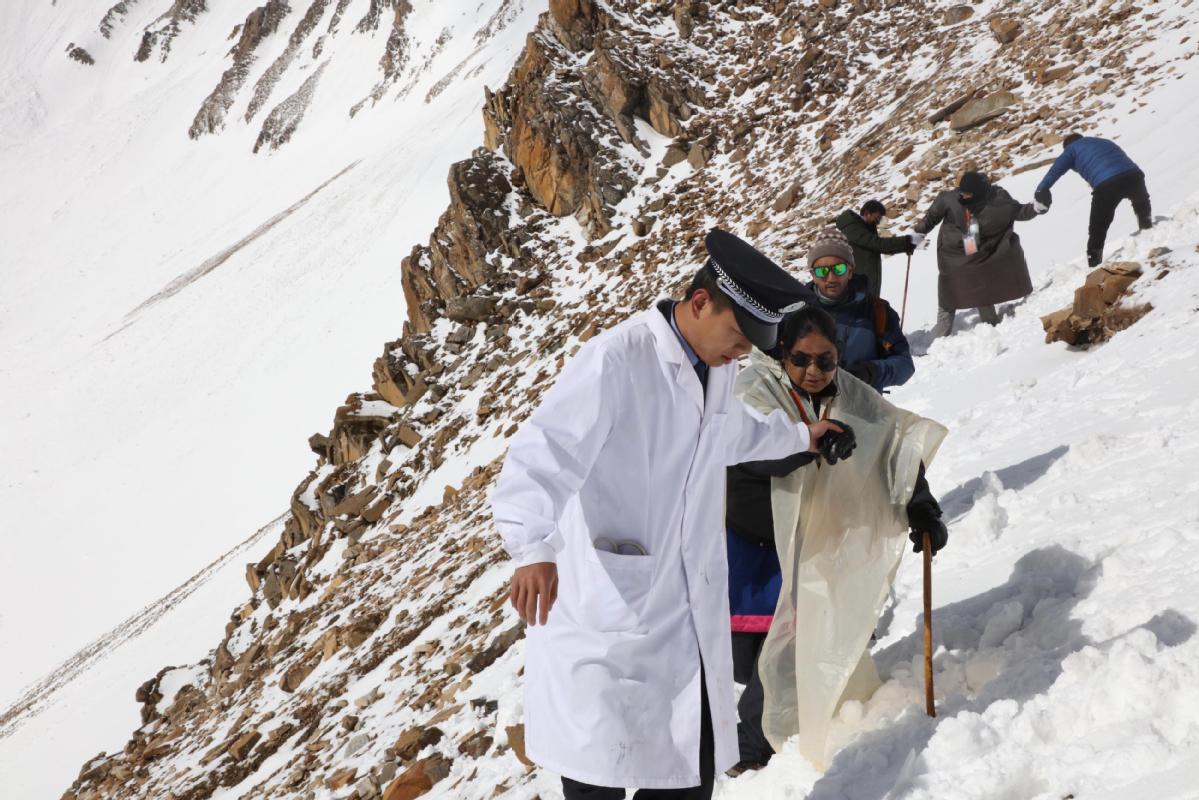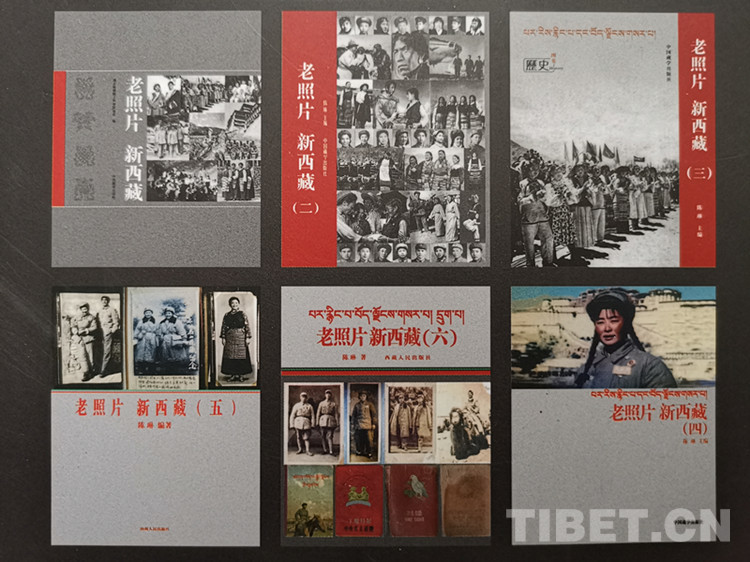Pilgrimage boosts exchanges between China, India
This is the second pilgrimage Goel Ram Rattan, from India's Delhi, has made to southwest China's Tibet Autonomous Region this year.
"I will come again if I have the chance," the 67-year old said.
Rattan is among the 17,000 plus Indian pilgrims that have visited Tibet this year, according to the latest official data.
Since the 12th century, Indian pilgrims have embarked on the long trudge to Tibet, according to Nagwang, an official in Ngari Prefecture.
The pilgrims come for Mount Kangrinboqe, 6,656 meters above sea level, and Mapam Yumco Lake at an altitude of 4,588 meters, both sacred Hindu and Buddhist sites.
For a long period of time, the officially-organized Indian pilgrims can only climb over Qang La Pass, which is 5,200 meters above sea level on the China-India-Nepal border, to reach their destination. The road is steep and usually covered by snow.
In 2015, the Nathu La Pass was officially opened to Indian pilgrims, adding a new and shorter route for them.
The Nathu La Pass sits 4,545 meters above sea level and is wedged between Tibet's Yadong County in Xigaze Prefecture and India's Sikkim State. It is the shortest land pass for trade between China and India, and also the highest altitude land pass for trade.
To better serve the pilgrims, Ngari Prefecture invested 16.6 million yuan (about 2.34 million U.S. dollars) in 2012 and 2013 to build accommodation facilities in Pulan County.
It has further injected an investment of 36.8 million yuan this year to improve infrastructure around Mount Kangrinboqe and Mapam Yumco Lake. All the construction projects have been completed and will soon be put into use, according to Nagwang.
Now Tibet welcomes nearly 1,000 officially-organized Indian pilgrims annually, as well as 10,000 non-officially-organized pilgrims from India, who usually enter via the ports in Lhasa, Kyirong, and Hilsa.
This year, a total of 326 officially-organized pilgrims have entered Tibet through the Nathu La Pass.
He Zhende, a local official at the city of Xigaze, said they have arranged translators, tour guides and drivers and prepared food, oxygen and medicines for the officially-organized pilgrims.
"(I believe) the pilgrimages will increase the mutual trust and friendship between Chinese and Indian peoples and become an important channel to boost exchanges and mutual learning between the two civilizations," he said.
Tibet Stories

A glance at Tibet's largest survey of ancient books
Over 18,000 precious ancient books written in the Tibetan language have been filed for futur...
Editor’s Choice
- Tibet's science and technology progress over the past six decades
- Wang Yang makes research trip in China's Tibet
- Top political advisor stresses poverty alleviation in Tibet
- Panchen Lama attends opening ceremony of Changthang Gesar Horse Racing Festival
- Panchen Lama conducts investigation in Ngari, Tibet


